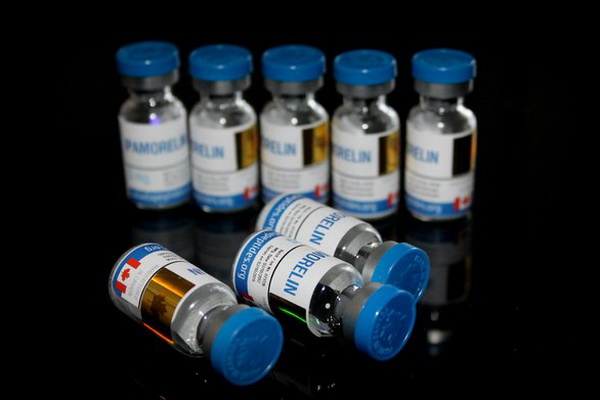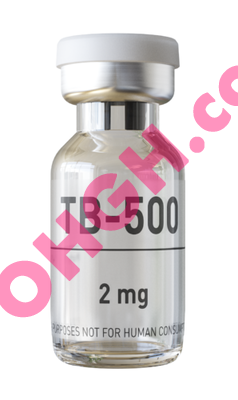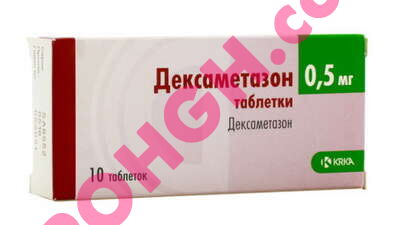Peptides: chemical properties and application
12 Nov 2020
These substances belong to the category of protein compounds, a characteristic feature of which is a very small molecule size.
Peptide compounds are an integral part of any living organism, and in all mammals they have an identical structure. These substances perform a regulatory function and are responsible for a number of vital processes. Scientists have been studying peptide compounds and their properties for several decades. In 1971, for the first time, it was possible to isolate peptides from animal organs, after which specialists began to actively conduct research on these compounds. The results obtained during the experiments were very unusual and became a real discovery. According to scientists, it is peptides that can become a real tool for increasing life expectancy. The main sign of aging in the body is a decrease in the intensity of biochemical reactions, which, in turn, is caused by a decrease in the production of peptides. Even if a person leads a healthy lifestyle, these reactions are inevitable, and when pathological changes occur in organs and systems, this process is significantly accelerated. As a result, the cell ceases to function normally, which leads to the appearance of diseases.

The introduction of peptides into the body made it possible to achieve a significant improvement in the situation. In the course of experiments, it was possible to prove that thanks to peptide compounds, it is possible to increase the limit of cell division, restore metabolism and normalize protein synthesis. Currently, peptide-based dietary supplements are widely used as gerontoprotectors - drugs designed to slow down the aging process. Peptide bioregulators have found application in cosmetology: on their basis, means have been created to restore the youthfulness of the skin of the face and body.
In Russia, peptide-based supplements and medicines have been produced and used since 1982. For several decades, these drugs have confirmed their effectiveness and safety for the human body.





